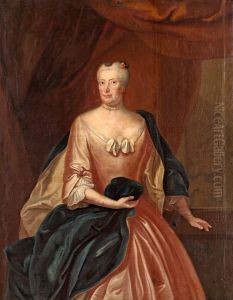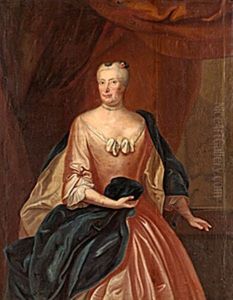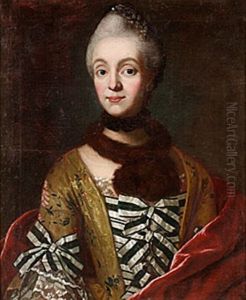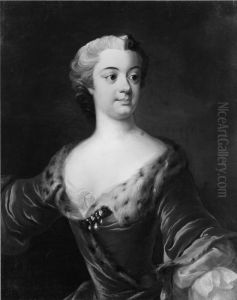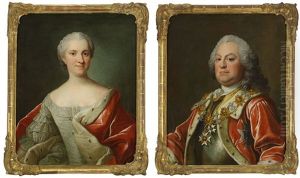Olof Arenius Paintings
Olof Arenius was a notable Swedish portrait painter born in 1701 in the village of Djursholm, Sweden. His artistic journey began under the tutelage of the respected court painter David von Krafft, who was a leading figure in Swedish art during the early 18th century. Arenius's apprenticeship with von Krafft allowed him to develop a solid foundation in portrait painting, which was the dominant art form of the period in Sweden.
After his formative years, Arenius traveled to Paris to further his education and skills. The time spent in Paris was crucial for his artistic development. He was exposed to the works of French masters and the flourishing Rococo style, which was characterized by lightness, grace, and the use of delicate colors. Arenius's exposure to this new artistic environment significantly influenced his painting style.
Upon returning to Sweden, Arenius quickly established himself as a prominent portraitist. His work was known for its realism and attention to detail, which resonated well with the Swedish nobility and bourgeoisie who were his primary clientele. Arenius's portraits are characterized by a refined elegance and often include detailed depictions of fabrics and clothing, reflecting the wealth and status of his subjects.
Throughout his career, Arenius produced a large body of work, which included not only portraits but also historical scenes and genre paintings. However, his contribution to Swedish art is most prominently seen in his portraits, which have earned him a place among the most important Swedish painters of the 18th century.
Olof Arenius passed away in 1766, leaving behind a legacy as a master portraitist whose works provide a rich visual documentation of the social elite of his time. His paintings are preserved in various museums and collections, serving as a testament to his skill and the artistic tastes of 18th-century Sweden.


